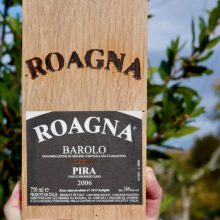
Product information
Roagna Barolo Pira Riserva 2006
$1,380
Description
The 2006 Barolo Pira Riserva Black Label is a tiny selection of about 2,400 bottles that spent five years in cask and then a decade in cement. Dense, exotic and beautifully layered, the Riserva captures that sense of timelessness that is often a signature of the Roagna wines – a place in time in which wines are both aged and young at the same time. It’s that co-existence in two different worlds that defines many of the best wines here. Spice, orange zest, chocolate, spice, star anise and sweet pipe tobacco lend nuance to a wine that is just entering its first plateau of maturity. Drink 2021-2036
Antonio Galloni, Vinous
Only 1 left in stock
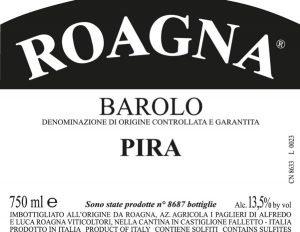 Pira is a historic vineyard located in the
Pira is a historic vineyard located in the 











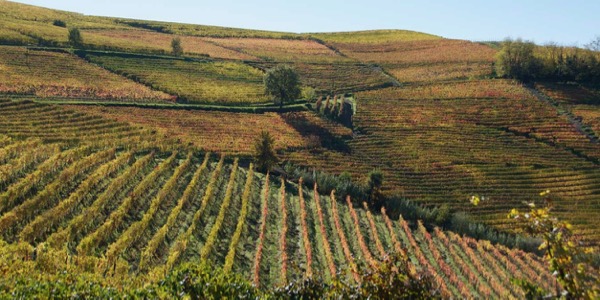
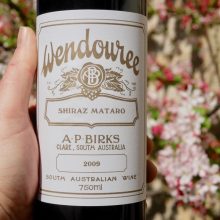
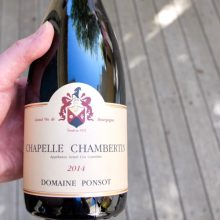
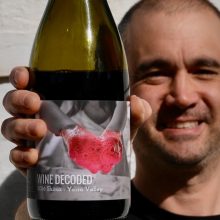
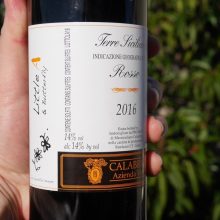
You must be logged in to post a comment.